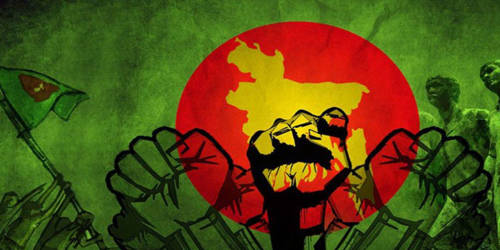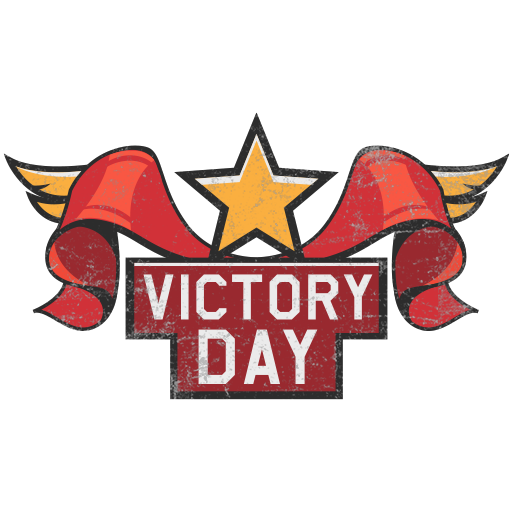


By the time the volunteers and the equipment reached the front, the Soviet advance had been halted and in less than a month Estonia was virtually cleared of all Soviet forces. However, the tide began to turn in late December 1918 when Finnish volunteers, as well as British naval assistance, began to arrive in Estonia to support the country’s defence. By the end of December 1918, the Soviet-Russian forces, in an effort to re-establish the borders of the Russian Empire, had succeeded in occupying half of Estonia. At the time of the armistice that ended the Great War on 11 November 1918, the Estonian Provisional Government was forced to defend its declaration of independence against attacks by Soviet Russian troops and a Baltic-German Landeswehr army under General Rüdiger von der Goltz. The backgroundĪt the end of the First World War, Estonia was engaged in a war for its own independence with two former major powers. The Victory Day is celebrated all over the country, but the main parade usually rotates between towns – this year it will take place in Võru in southern Estonia. Although it marks the important historical battle, the annual military parade also commemorates and recognises the contributions of all Estonians in their fight to regain and retain their independence. The day has been celebrated on 23 June every year from 1934 until 1939 and then again after the restoration of Estonian independence, from 1992. Victory Day ( Võidupüha) marks the decisive battle during the Estonian War of Independence in which the country’s military forces and their allies defeated the German forces who sought to re-assert control over the region. Victory Day, celebrated annually on 23 June, marks the anniversary of a crucial military victory against foreign forces in 1919 the Midsummer Eve celebration on the same night will see thousands of bonfires lighting up the sky across Estonia.


 0 kommentar(er)
0 kommentar(er)
